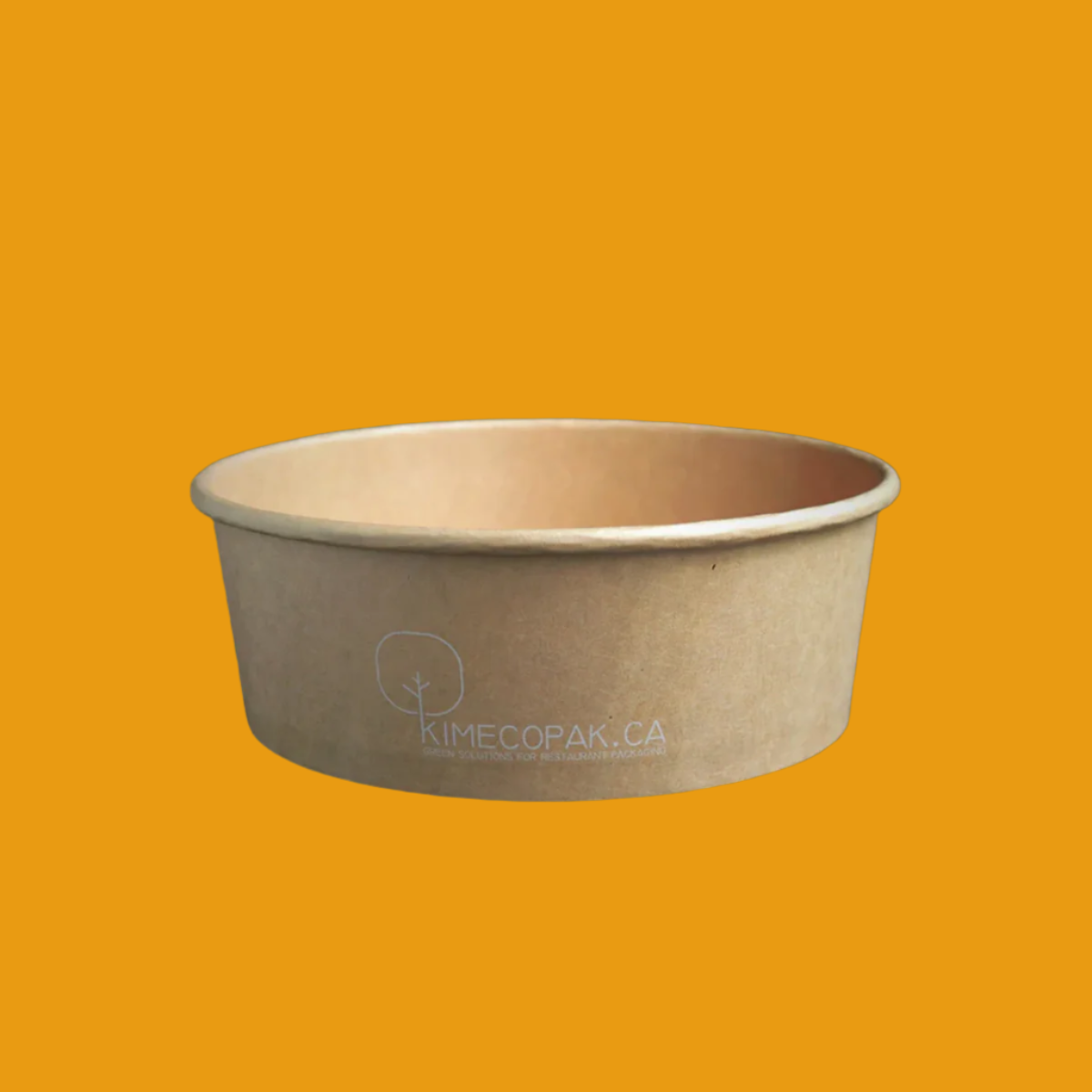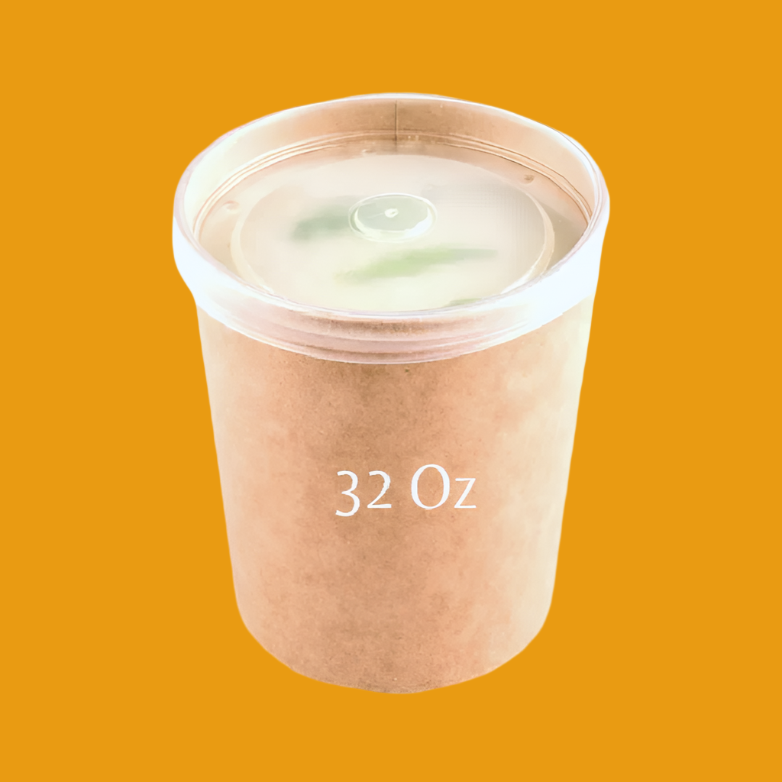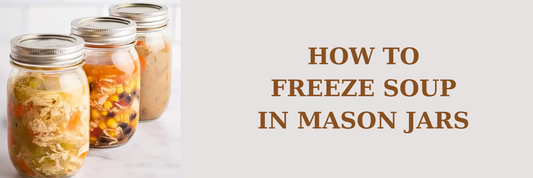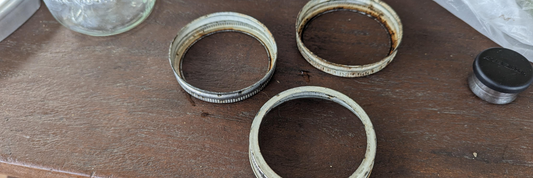GMP-Good Manufacturing Practices sets forth the minimum requirements that manufacturers must meet to ensure that their products consistently maintain high quality and meet sanitary and safety conditions. This article explores what GMP is, its main components, principles, implementation scope, and the difference between GMP and current Good Manufacturing Practice (cGMP).
- What Is SQF Certification? What Are the Benefits of SQF Certification?
- What is the HACCP Certification? How To Get the HACCP Certification
What is GMP-Good Manufacturing Practices?
GMP refers to the practices required in order to conform to guidelines recommended by agencies that control the authorization and licensing of the manufacture and sale of food and beverages, cosmetics, pharmaceutical products, dietary supplements, and medical devices. These guidelines provide minimum requirements that a manufacturer must meet to ensure that their products are high quality and do not pose any risk to the consumer or public.

What are the 5 Main Components of Good Manufacturing Practice?
GMP is structured around five main components known as the 5 Ps: Products, People, Processes, Procedures, and Premises.
Products
Ensuring that products are consistently produced and controlled according to quality standards is central to GMP. This involves rigorous testing, validation, and documentation throughout the production process to ensure all products comply with a specific master formula free from deviations throughout the manufacturing process.
People
Training and education of personnel are crucial in GMP. Employees must be qualified and trained to perform their tasks correctly, and their performance should be regularly monitored and assessed. Clear job descriptions and roles ensure accountability and efficiency.
Processes
Well-defined processes are essential for ensuring product quality and consistency. Standard operating procedures (SOPs) should be established, documented, and followed meticulously. Process validation and monitoring ensure that each step is controlled and effective.
Procedures
Procedures refer to the detailed, written instructions that describe how specific tasks should be performed. These must be clear, comprehensive, and based on the best available knowledge and practices. Consistent adherence to procedures ensures reliability and uniformity in production.
Premises
The physical environment where manufacturing takes place must be clean, hygienic, and suitable for the intended operations. This includes the design, layout, and maintenance of buildings and equipment to prevent contamination and ensure efficient workflow.

What are the 10 Principles of GMP?
- Written Procedures: Detailed procedures and protocols should be documented and followed consistently.
- Quality Management System: A robust system to manage quality, including procedures, record-keeping, and regular reviews.
- Product Control: Regular testing and quality control of products at various stages of production.
- Process Validation: Validation of all critical processes to ensure they achieve the desired outcome.
- Proper Documentation: Comprehensive and accurate records of all aspects of production and quality control.
- Personnel Training: Continuous training and education of personnel to ensure competence and compliance.
- Facility Design: Facilities must be designed to minimize contamination and ensure a smooth workflow.
- Cleanliness and Hygiene: Strict sanitation and hygiene practices to prevent contamination.
- Equipment Maintenance: Regular maintenance and calibration of equipment to ensure proper function.
- Internal Audits: Regular internal audits to identify areas for improvement and ensure ongoing compliance.
GMP Implementation Scope
GMP implementation covers a wide range of activities and industries, including:
- Pharmaceutical Manufacturing: Ensuring the safety and efficacy of drugs and medical devices.
- Food and Beverage Production: Maintaining hygiene and quality to prevent foodborne illnesses.
- Cosmetics Manufacturing: Ensuring products are safe for consumer use and free from contamination.
- Dietary Supplements: Verifying the purity and potency of ingredients and final products.
- Medical Devices: Ensuring devices are manufactured to meet rigorous safety and performance standards.

What is the Difference Between GMP and cGMP?
While GMP stands for Good Manufacturing Practice, cGMP refers to current Good Manufacturing Practice. The "current" part of cGMP signifies that the regulations are updated and reflect the latest standards and technological advancements. cGMP emphasizes that companies must use the most up-to-date systems and technologies to comply with regulations, ensuring the highest quality and safety standards are met.
Conclusion
Good Manufacturing Practice (GMP) is a foundational element in ensuring the quality, safety, and efficacy of products across various industries. By adhering to GMP principles and components, manufacturers can safeguard public health, maintain regulatory compliance, and build consumer trust. The evolution to cGMP further underscores the importance of staying current with technological and procedural advancements to continually improve manufacturing practices. Implementing and maintaining GMP is not just about meeting regulatory requirements but about committing to the highest standards of quality and safety in manufacturing.
Related Articles:









